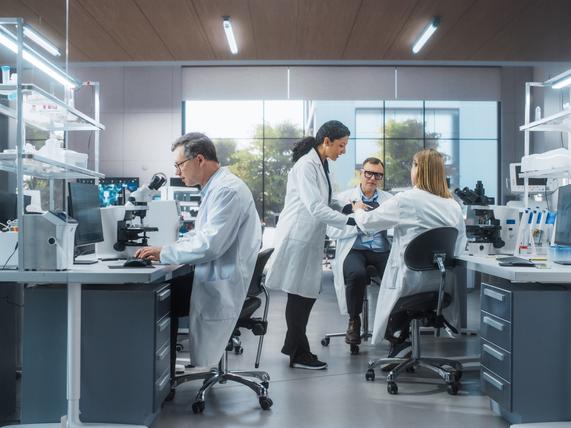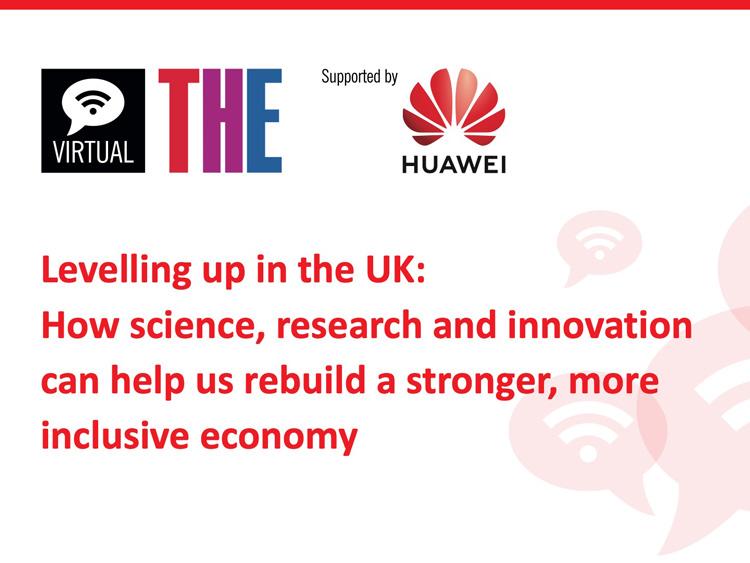
Bridge the gap between knowledge and solutions with industry partnerships
Academic and industry partnerships can help both sides achieve more than they could alone. Here’s how to build a relationship for long-lasting collaboration
Research management
Sponsored by
Elsevier helps researchers and healthcare professionals advance science and improve health outcomes for the benefit of society.
Collaboration between academia and industry serves as a powerful driver of innovation and societal progress. By merging the intellectual rigour of academia with the practical expertise of industry, these partnerships can address complex problems, achieving breakthroughs that neither could accomplish independently.
The question is, how can academic institutions and commercial corporations build and sustain these relationships? It starts with mutual respect, a shared vision for creating meaningful impact that can cultivate the trust that leads to lasting collaborations.
The foundations of partnership
Like any relationship, successful partnerships require understanding, patience and pragmatic approaches to address mutually determined challenges. Establishing clear agreements on intellectual property ownership is a critical first step. Who owns what, and how can these assets evolve? A memorandum of understanding often serves as a foundation, although it sometimes takes time to finalise as both sides seek legal counsel to ensure fairness.
Funding and collaboration models
Effective partnerships thrive on well-structured funding and collaboration models. For example, financial support for PhD students may be equally shared between the academic institution and the industry partner, or it can be fully funded by the corporation.
- Industry-academic partnerships bear fruit in Kenya
- Alumni engagement and industry partnerships will keep universities competitive
- The foundations of a successful knowledge transfer partnership
Knowledge transfer partnerships and Cooperative Awards in science and engineering have proven to be highly successful and cost-effective platforms for PhD support in the UK over the decades. Hong Kong also has several schemes that support collaborative research and development, notably focusing on interactions with Mainland China. In particular, there are several support schemes for early career researchers addressing innovation, for example the Research Talent Hub for Innovation and Technology Fund (RTH-ITF) administered by Hong Kong Innovation and Technology Commission and the JC-STEM early career research fellowships for translation by the Hong Kong Jockey Club Charities Trust, as well as a scheme that began in 2023 supporting post-doctoral fellowships for long term innovation.
Postdoctoral researchers can also receive direct funding, encouraging deeper involvement in cutting-edge research projects. Frequently, the experience gained by a PhD or postdoc researcher can lead to job offers on project completion.
Contracts and legal agreements
A contract formalises the partnership, ensuring both parties are protected and their individual obligations are clearly defined. Without these agreements, institutions and companies risk potential disputes or even legal action. Transparency and fairness in contract negotiations pave the way for long-lasting collaboration.
Intellectual property: patenting and licensing
Safeguarding intellectual property is paramount, especially when research yields protectable innovations, often after unexpected results. Indeed, the granting of a patent relies upon formulating and proving a set of claims that show how the discovery was not “obvious” from the outset, to an independent expert.
From the beginning, establish clear strategies for licensing and ownership. Academics must understand and appreciate the value of IP and approach it with both realism and pragmatism, acknowledging that the road to exploitation and commercialisation often spans decades. Continuous funding is required to support a granted patent across many different countries, for example.
Sustaining momentum: mutual efforts
To maintain the vitality of the partnership, mutual efforts are key. Regular visits between academic and industry sites – two or three times a year – foster stronger connections and sustain progress. Scientific reporting on a bimonthly or quarterly basis keeps both sides informed and aligned.
Additionally, establishing a decision tree for publishing findings versus filing patents or maintaining confidentiality ensures both academic recognition and commercial viability.
Celebrating success
Impact takes time to occur. In many scientific fields, a period of 10 to 15 years is often needed from discovery to implementation. The patience that is needed goes against the short-termism that pervades many commercially driven decision-making stages. Along the way, celebrate milestones, acknowledge achievements and remain realistic about the challenges ahead. By doing so, partners nurture not only the vitality of the relationship but also the vision that brought them together.
Academic and industry partnerships are more than mere collaborations; they are bridges that connect ideas to applications and knowledge to solutions. With trust, respect and a commitment to shared goals, these partnerships can help to shape the future for generations to come.
David Parker is chair professor of chemistry at Hong Kong Baptist University. He has 40 years’ experience of working with industry in the USA, the UK and Europe and is a named inventor on 35 granted patents. He is working with the global company Revitty on the creation and launch of new luminescent probes.
If you would like advice and insight from academics and university staff delivered direct to your inbox each week, sign up for the Campus newsletter.
Research management
Sponsored by





